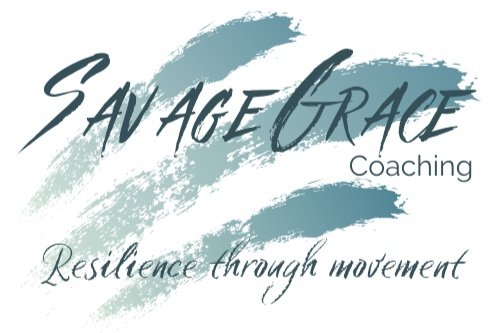
Welcome to The Work IN!
Decoding trauma science for fit pro’s
In the trauma-informed space where movement, mental health and western medicine overlap, there is an expectation that as a wellness professional we are up to date on the latest science and most effective ways to help people optimize their health. There’s an assumption in the US that we have proof of efficacy for all of our favorite mind body modalities through double blind controlled studies. The truth is the space between eastern and western medicine is filled with hope and unanswered questions. Today on the work IN we’re discussing some of the difficulties with getting hard science when it comes to mind body modalities and what we do with answers that aren’t what we hope for.
Emotional Dysregulation 101
When a child is emotionally dysregulated we call it a temper tantrum, a phase and these days “big feelings”. When an adult is emotionally dysregulated we call it mental illness. What is it that happens or doesn’t happen between childhood and adulthood that paves the way for the long list of disorders now associated with emotional dysregulation and what can we do differently? That’s the topic for today’s Work IN.
Critical connections beyond weight loss
People are wired for connection. It’s an evolutionary survival mechanism innate in even the most introverted of us. And it’s repeated from our cultural community and tribal tendencies all the way down to a cellular level in the body. Connection in the context of health and wellness can look like mindfulness practices, building self awareness through meditation and journaling, setting healthy boundaries, improving work life balance, strengthening relationships with family and friends, getting involved in your community, building your own communication and leadership skills, tapping into hobbies and activities that bring you joy.
On the surface those things might not seem as critical to our health as getting our blood pressure under control or lowering our cholesterol and losing weight. But it’s precisely BECAUSE those things are critical that we need to acknowledge the influence that our connection to ourselves and our community has on those more measurable health outcomes. Today we’re discussing the internal and external connections that matter when we’re making changes to our health.
How to stop playing it safe and get out of protection, hypervigilance and anxiety
We are working our way through 5 categories of health with our Cat 5 challenge and today we’re diving into category 4 the nervous system. Last week we discussed the overlap of the nervous system and sleep and how we’re looking for ways to help the body feel safe enough to be able to relax into that parasympathetic so we can rest and be close to other people. Today I want to discuss how playing it safe ALL the time can actually keep you in a state of protection, hypervigilance and anxiety.
How to balance mood and mental health through physical health
We might be in an adapted or more accurately a maladapted state. In other words your nervous system, brain and body have conspired to keep you safe and help you survive based on your experiences in the world. And because the brain lives in a dark cave and only has memories to make decisions with, it doesn’t always make the best choices. The only choices it gives you are fight, flight or freeze. And those can end up looking like anxiety, hypervigilance and depression. How can we balance these perfectly rational moods for better mental, physical and emotional health?
Mystery muscle: The door to the pelvic floor
Anatomically, the pelvic floor is a web of muscles woven through and around the most intimate vulnerable parts of the body. At best it’s misunderstood at worst it’s tangled up in a mess of sexual shame and trauma history. Especially for women. Today we’re going to demystify the pelvic floor and open the door for women to reclaim a sense of trust and reverence for this part of themselves.






